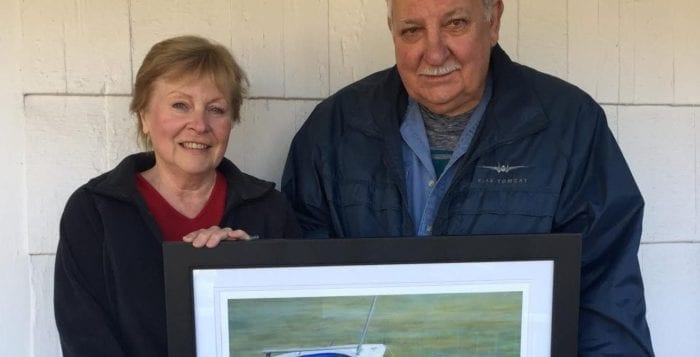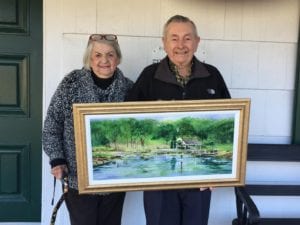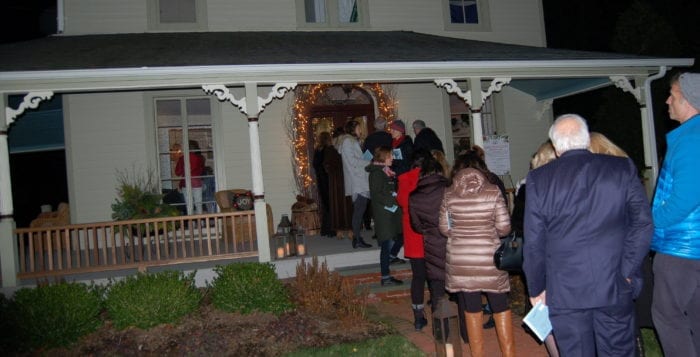An arm of the federal government and a Long Island utility are working to ensure North Shore residents who lost power in their homes for weeks in the aftermath of Hurricane Sandy in 2012 won’t go through that again.
The Federal Emergency Management Agency is working with PSEG Long Island as part of its Hazard Mitigation Assistance Program to fortify electrical infrastructure in Port Jefferson Village and other areas in Brookhaven Town in the hopes of avoiding the widespread and lengthy outages associated with the 2012 storm. The project entails replacing existing wiring with more weather-resistant wire, installing new and more durable poles in several locations and installing or replacing equipment to help reduce the number of customers affected by an outage, according to PSEG.
“By putting in the storm-hardened equipment, the stronger wires, and the more weather-resistant poles, it will help to reduce the number of customers affected during a storm,” said Elizabeth Flagler, PSEG Long Island’s media relations specialist. “So when we get the high winds, the equipment will hold up better.”
The project’s $729 million in funds was secured in 2014 through an agreement between New York Gov. Andrew Cuomo (D) and FEMA’s Hazard Mitigation Assistance Program, which helps communities implement hazard mitigation measures following a major disaster declaration. PSEG licensed and approved contractors will be doing the work for approximately the next four months in areas along Old Post Road, Hulse Road, Sheep Pasture Road, Main Street, Stony Hill Road and Belle Terre Road in Port Jefferson.
Port Jefferson Village Mayor Margot Garant is glad to see improvements being done to help residents in the event of another major storm.
“Working on these lines and hardening the grid I think is something that should be done constantly,” Garant said during a phone interview. She added she knew of people who live in the village that were without power for up to two weeks after Sandy. “In the modern day I think that’s pretty unacceptable.”
Garant also said the abundance of large and old trees on the North Shore pose another problem for electrical lines when wind gusts get powerful.
Brookhaven Town Councilwoman Valerie Cartright (D-Port Jefferson Station) stressed the importance of being ready for another disaster.
“The reliability of our electrical infrastructure is paramount,” she said in an email through Legislative Aide Jennifer Martin. “Communities, including residential customers and businesses must be able to depend on uninterrupted service. In the last few years we have seen many unprecedented extreme weather events and these events are expected to continue. As such, upgrades under the FEMA Hazard Mitigation Assistance Program will be critically important to my district, much of which is on the North Shore, and to other districts throughout Long Island.”
Brookhaven Town Supervisor Ed Romaine (R) took over his post a month after Hurricane Sandy hit. He said that in his first few weeks in office he was overwhelmed trying to recover from all of the damage it caused.
“All poles and wires were down, water was about knee high throughout all the streets — if not higher — and obviously, you want to be able to withstand the next storm,” he said.
Romaine did, however, suggest PSEG bury wires to further minimize damage.
“Costs for burying wires is about the same that you would pay to recover from a series of storms in a 30-year period,” he said. “It’s more costly in the short run, but in the long run there’s no difference, and you will be much better protected by buried wires.”
PSEG representatives say that they anticipate minor traffic interruptions, as well as some localized, short-duration power outages related to the project. The crews will generally work Monday through Saturday, 7:30 a.m. to 5 p.m., with limited evening and Sunday work.
Kevin Redding contributed reporting.








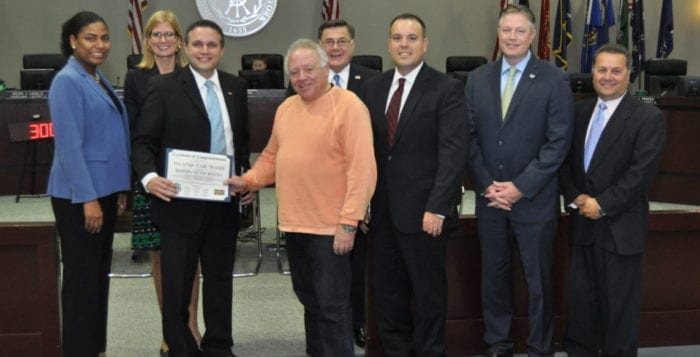

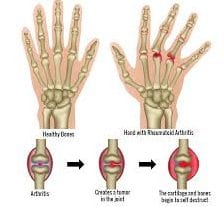



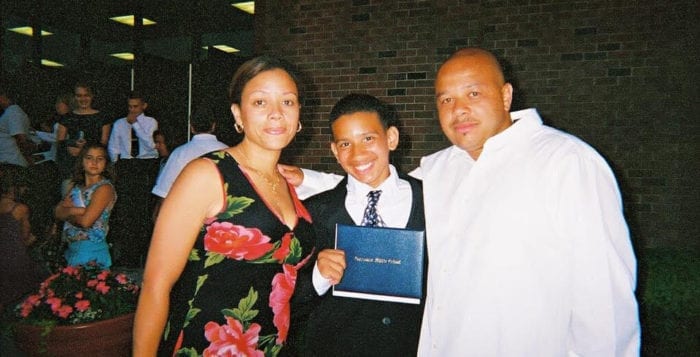
 Despite a troubled youth, Wright reveals in his first book, “Voice for the Silent Fathers,” that his toughest obstacle in life so far was accepting the fact that his son was gay. Now 12 years into a 45-year sentence for conspiracy to distribute drugs, the author has spent the last few years using his time in prison to work on his issues and relationship with his son by writing. Due to the experience, which he describes as emotionally therapeutic, many of his fellow inmates have dubbed him “Gangster Turned Guru.”
Despite a troubled youth, Wright reveals in his first book, “Voice for the Silent Fathers,” that his toughest obstacle in life so far was accepting the fact that his son was gay. Now 12 years into a 45-year sentence for conspiracy to distribute drugs, the author has spent the last few years using his time in prison to work on his issues and relationship with his son by writing. Due to the experience, which he describes as emotionally therapeutic, many of his fellow inmates have dubbed him “Gangster Turned Guru.”